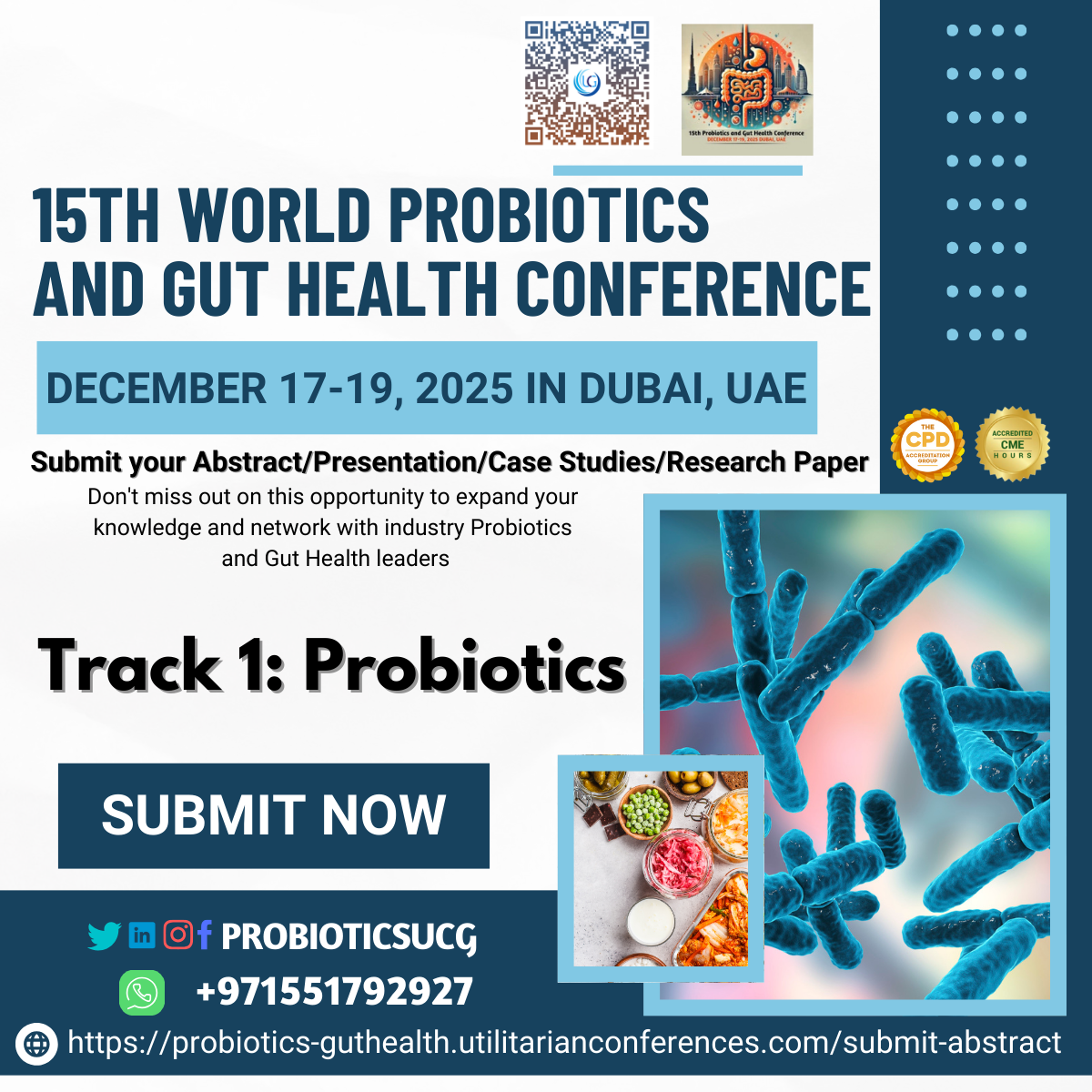



Probiotics are live microorganisms that provide health benefits when consumed in adequate...

Gut health refers to the balance and functionality of the digestive system,...

"Formulation and Packaging" can
refer to two interrelated aspects of product development and delivery,
particularly in industries such as pharmaceuticals, cosmetics, food and
beverages, and chemicals. Below is an overview of both components and how they
interact:
Formulation is the process of designing and
combining various ingredients to create a final product with specific
characteristics. This involves determining the appropriate composition,
concentrations, and interactions between components to ensure the product
performs as intended.
·
Efficacy
and Functionality:
The formulation must deliver the intended benefit, whether it’s a drug
providing therapeutic effects, a cosmetic offering skin benefits, or a food
product with desired flavor and texture.
·
Stability:
Ensuring that the product remains effective and safe throughout its shelf life
is critical. Stability studies evaluate how the formulation reacts to various
environmental factors (temperature, humidity, light).
·
Safety
and Regulatory Compliance:
The ingredients and their concentrations must comply with relevant regulations
(e.g., FDA, EMA, EFSA) and safety guidelines. This is especially crucial for
pharmaceuticals and food products.
·
Manufacturability:
The formulation should be scalable from the lab to full production while
maintaining quality. This includes considering the availability and cost of raw
materials.
·
Compatibility:
The interaction between different ingredients must be thoroughly evaluated to
prevent adverse reactions that could affect the product’s performance or
safety.
·
Pharmaceuticals:
Creating a drug involves balancing active pharmaceutical ingredients (APIs)
with excipients to ensure proper absorption, efficacy, and stability.
·
Cosmetics:
Formulating creams or lotions requires achieving the right texture, absorption
properties, and sensory appeal while ensuring skin safety.
·
Food
& Beverages:
Recipe development must consider taste, nutritional content, preservative
needs, and regulatory limits on additives.
Packaging is the process of designing and
producing the container or wrapping that holds and protects the product. It
serves not only as a means to preserve the product but also as a tool for marketing,
information dissemination, and ensuring user safety.
·
Protection
and Preservation:
The primary function of packaging is to protect the product from physical
damage, contamination, and degradation (e.g., exposure to air, light, or
moisture).
·
Regulatory
Requirements:
Packaging must comply with labeling regulations, safety standards (such as
tamper-evident features), and material safety guidelines, which can vary
significantly by product type and market.
·
Material
Selection:
Common materials include plastics, glass, metals, and paper. The choice depends
on factors like the product’s sensitivity, environmental impact, cost, and
aesthetics.
·
Sustainability:
There is an increasing focus on environmentally friendly packaging. This
involves using recyclable or biodegradable materials, reducing packaging waste,
and designing for energy-efficient production.
·
User
Experience and Branding:
Packaging also serves as a marketing tool. Its design, convenience, and ease of
use can influence consumer perceptions and purchasing decisions.
·
Logistics
and Supply Chain:
Considerations include packaging durability during transport, ease of storage,
and compatibility with automated packaging lines.
·
Pharmaceuticals:
Often require specialized packaging such as blister packs, vials, or bottles
that ensure sterility, dosage accuracy, and patient safety.
·
Cosmetics:
Packaging for cosmetics must balance aesthetics with functionality (e.g.,
airless pumps to protect the integrity of the product).
·
Food
& Beverages:
Packaging design often focuses on preserving freshness, extending shelf life,
and providing clear nutritional information.
1.
Compatibility
Testing:
The formulation must be compatible with the chosen packaging material. For
instance, some chemicals in a formulation might interact with certain plastics,
leading to degradation or contamination.
2.
Stability
Enhancement:
Packaging can play a crucial role in extending product stability. For example,
UV-protective bottles can prevent degradation of light-sensitive formulations.
3.
User
Safety and Convenience:
A well-formulated product paired with thoughtful packaging can enhance user
safety (e.g., child-resistant closures) and convenience (e.g., easy-to-use
dispensers).
4.
Regulatory
Considerations:
Both formulation and packaging are subject to regulatory scrutiny. Coordination
between these aspects is essential to ensure full compliance with safety,
efficacy, and labeling requirements.
Successful product development requires a
holistic approach where both formulation and packaging are designed in tandem.
By ensuring that the formulation is robust and that the packaging provides
adequate protection, convenience, and regulatory compliance, companies can
deliver high-quality products that meet consumer expectations and safety
standards.